Smoking Ban 2012
 President Ryan Vaughn of the city-county council is proposing a new smoking ban. He says this ban will be a stronger version of the current ban. “Well it is to take the existing ban and strengthen it to limit smoking to only establishments that are private clubs, internal organizations, retail tobacco shops, or what we’ve defined as especially tobacco bars, which are those bars that sell hookah, tobacco, or especially cigars.”
President Ryan Vaughn of the city-county council is proposing a new smoking ban. He says this ban will be a stronger version of the current ban. “Well it is to take the existing ban and strengthen it to limit smoking to only establishments that are private clubs, internal organizations, retail tobacco shops, or what we’ve defined as especially tobacco bars, which are those bars that sell hookah, tobacco, or especially cigars.”
Currently 350 businesses in the Indianapolis area permit smoking. If the ban is approved, that number could be reduced down to 60. While the rest of the republican council may support this ban, some democratic council members might disagree.
Democratic city-county council member, Angela Mansfield, thinks that Vaughn’s proposal isn’t good enough. “Unfortunately a Republican, Ryan Vaughn, has introduced a proposal that is significantly watered down.”
Mansfield began working on a new smoking ban back in 2003. Mayor Greg Ballard plays a pivotal role in whether to expand the smoking ban. Over the years, he has switched his opinion. “The mayor in particular who wasn’t even supportive at all, well let me back up, he flip-flopped. First he said in 2007 when he was running for office that he was supportive but once he got into office he completely changed his mind and he actually killed it, the last time that we attempted to do it”, said Mansfield.
Her plans to take her proposal to the city-county council have been compromised ever since the election. With a new council coming in in January, and with the Mayor in favor of Vaughn’s proposal, she has since then reevaluated her decision.
She was planning to introduce a more comprehensive ban that would only permit smoking in retail tobacco shops that sell 85% of tobacco products. Vaughn made it clear that he is not a more comprehensive ban saying, “I don’t support, the Mayor doesn’t support a 100% comprehensive ban. Every indication is that is that’s what the Democratic council would pass or attempt to pass.”
Though he does not support the Democratic council’s proposal, he will need at least seven or eight Democrats for his proposal to pass. Vaughn considers this an opportunity for compromise, “I don’t think we need to be anymore restrictive than what I’ve offered. I think the Mayor conquers with that and I think its pretty comprehensive.”
If this ban is approved, it should be implemented by Jan. 22, just two weeks before the Super Bowl. Indianapolis will find out if this proposal will be implemented after the council votes at their final meeting of the year on Dec. 19.




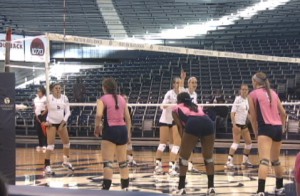

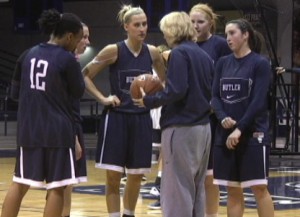



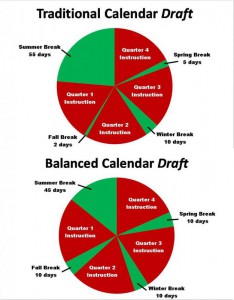









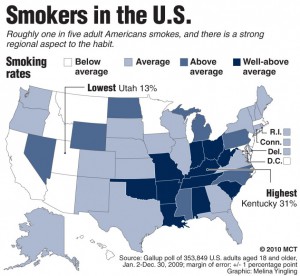
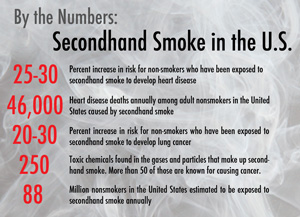








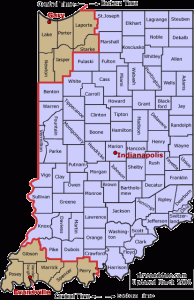

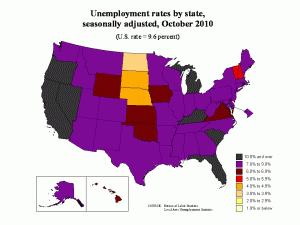
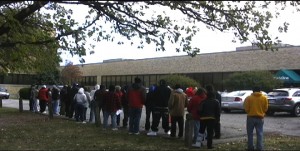


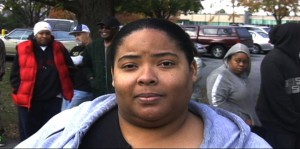
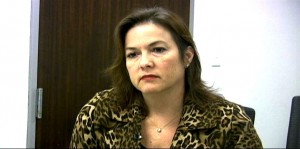










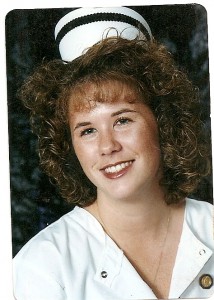


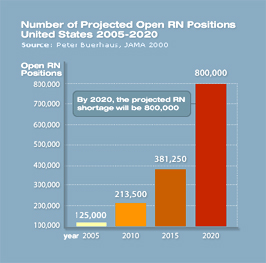


 Carl Ellison, vice president and chief operating officer of the Indiana Minority Health Coalition, agrees that clinics provide a lot of help to individuals.
Carl Ellison, vice president and chief operating officer of the Indiana Minority Health Coalition, agrees that clinics provide a lot of help to individuals.







